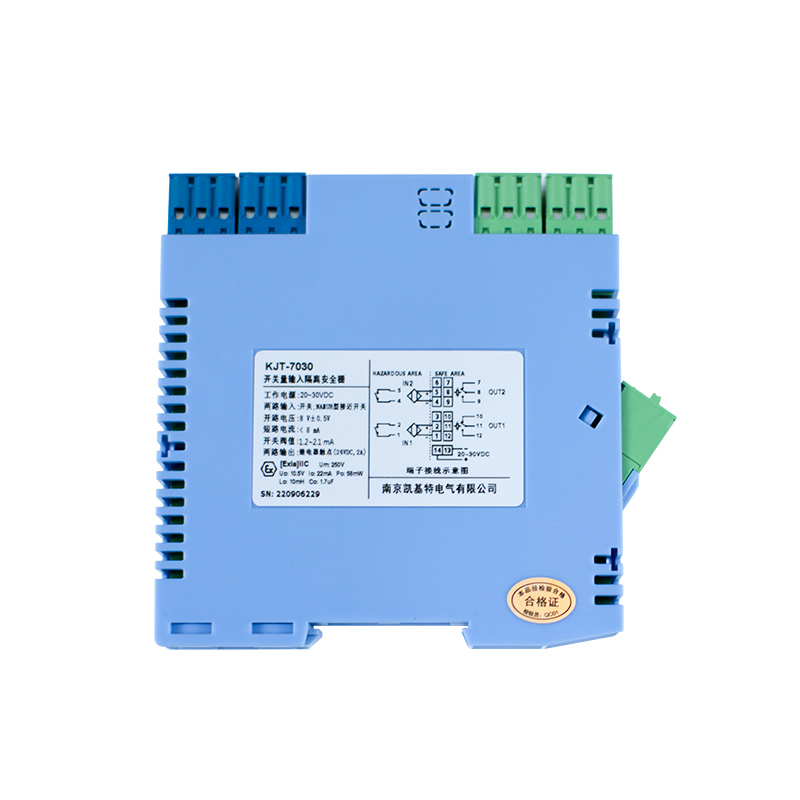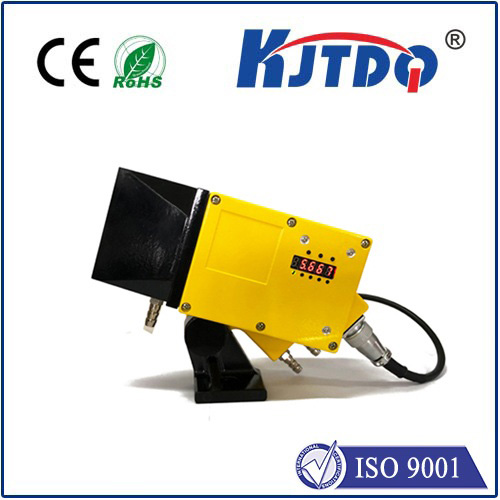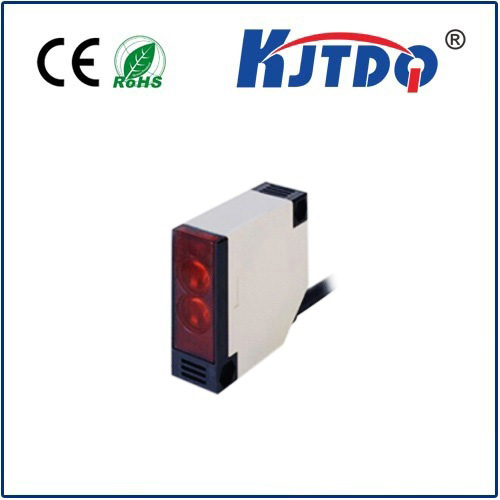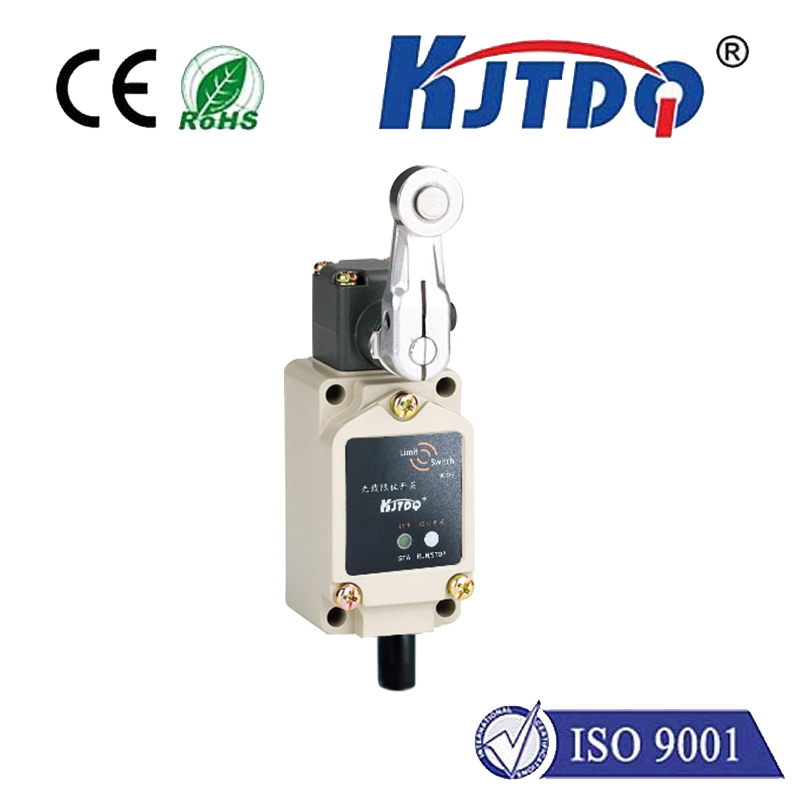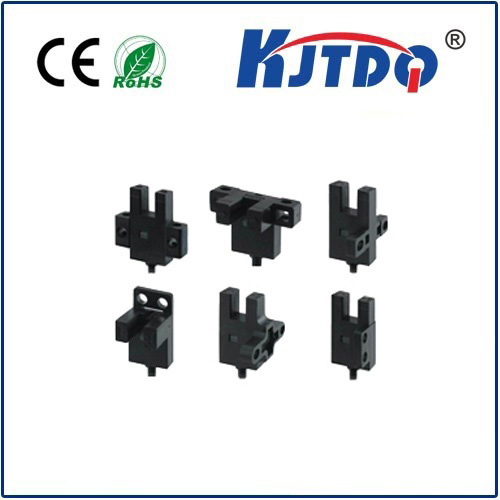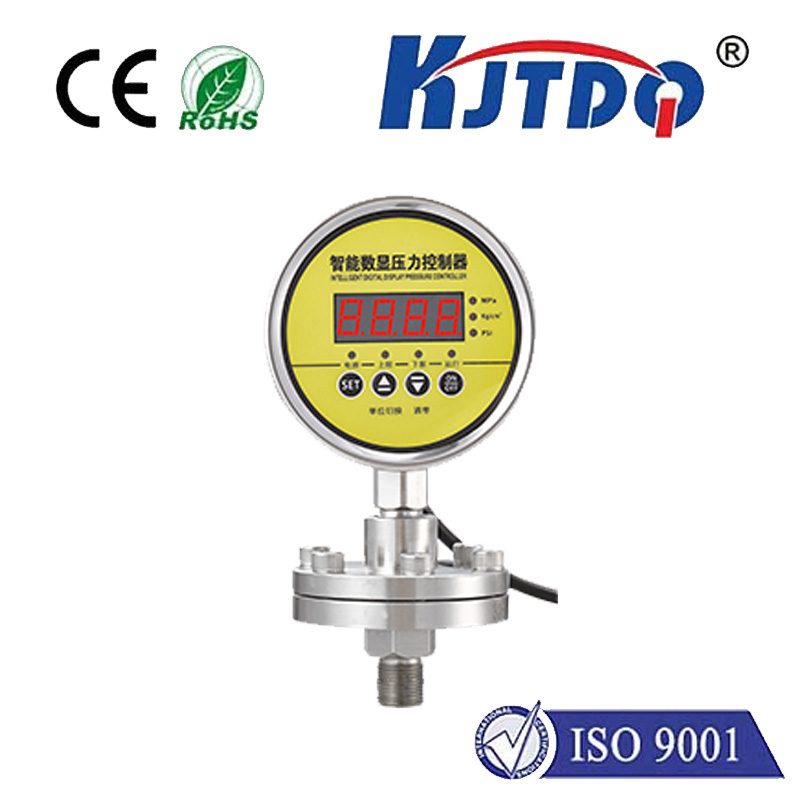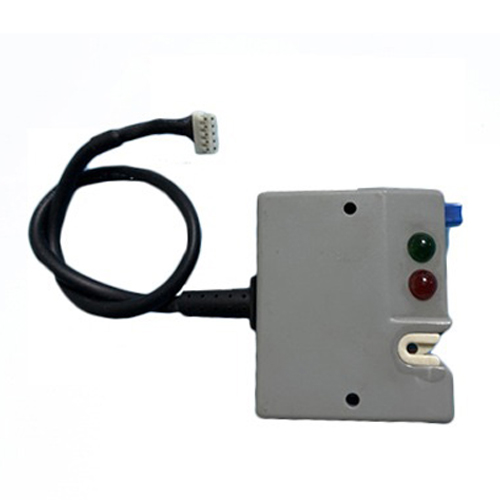

check

check

check

check

check

check

check

check

check

check
In the relentless drive towards smarter, faster, and more compact industrial machinery, every millimeter counts. Shrinking footprints demand equally miniature yet high-performing components. Micro mini inductive proximity sensors have emerged as silent workhorses in this miniaturization revolution. These incredibly small sensors deliver robust, non-contact detection capabilities, solving critical challenges where space is at an absolute premium, proving that significant sensing power can indeed come in the tiniest packages.
Unpacking the Technology: How They Work
At their core, micro mini inductive proximity sensors operate on the same fundamental principle as their larger counterparts. They generate a high-frequency electromagnetic field using a coil within the sensing face. When a metallic target (typically ferrous metals like steel or iron, though some models detect non-ferrous metals like aluminum, brass, or copper) enters this field, it induces tiny eddy currents within the target. These eddy currents draw energy from the sensor’s oscillator circuit. The sensor’s electronics detect this energy loss and trigger an output signal (usually a transistor switching ON or OFF). Crucially, this detection happens without any physical contact, eliminating wear and tear and enabling incredibly fast response times.
What sets micro mini inductive sensors apart is the remarkable engineering feats achieved in minimizing their physical dimensions while maintaining core functionality and reliability. We’re talking sensors often measuring just M3, M4, or M5 in threaded barrel styles, or flattened rectangular designs with dimensions akin to a small button.

The Compelling Advantages of Going Micro Mini
The benefits derived from this extreme miniaturization are substantial:
Where Do Micro Mini Inductive Proximity Sensors Shine?
The applications leveraging these advantages are diverse and growing:
Selecting the Right Sensor: Key Considerations
Choosing the optimal micro mini inductive proximity sensor requires careful evaluation:
The Future is Small
As automation penetrates industries requiring ever-lower form factors and higher precision – from advanced medical devices to nano-manufacturing and hyper-connected micro-factories – the demand for micro mini inductive proximity sensors will only intensify. Manufacturers continue to push boundaries, offering sensors with enhanced performance within the same tiny footprint, improved resistance to harsh environments, and even smarter capabilities like IO-Link connectivity for diagnostics and parameterization in the smallest sizes.
Micro mini inductive proximity sensors are far more than just scaled-down versions of older technology. They are enabling technologies, unlocking new levels of design sophistication and operational efficiency across a vast landscape of modern automation. Their ability to deliver reliable, contactless metal detection in environments previously deemed impossible makes them an indispensable tool for engineers striving to build the next generation of compact, powerful machinery. In the relentless pursuit of smaller, smarter, and faster, these tiny titans are making an outsized impact.
